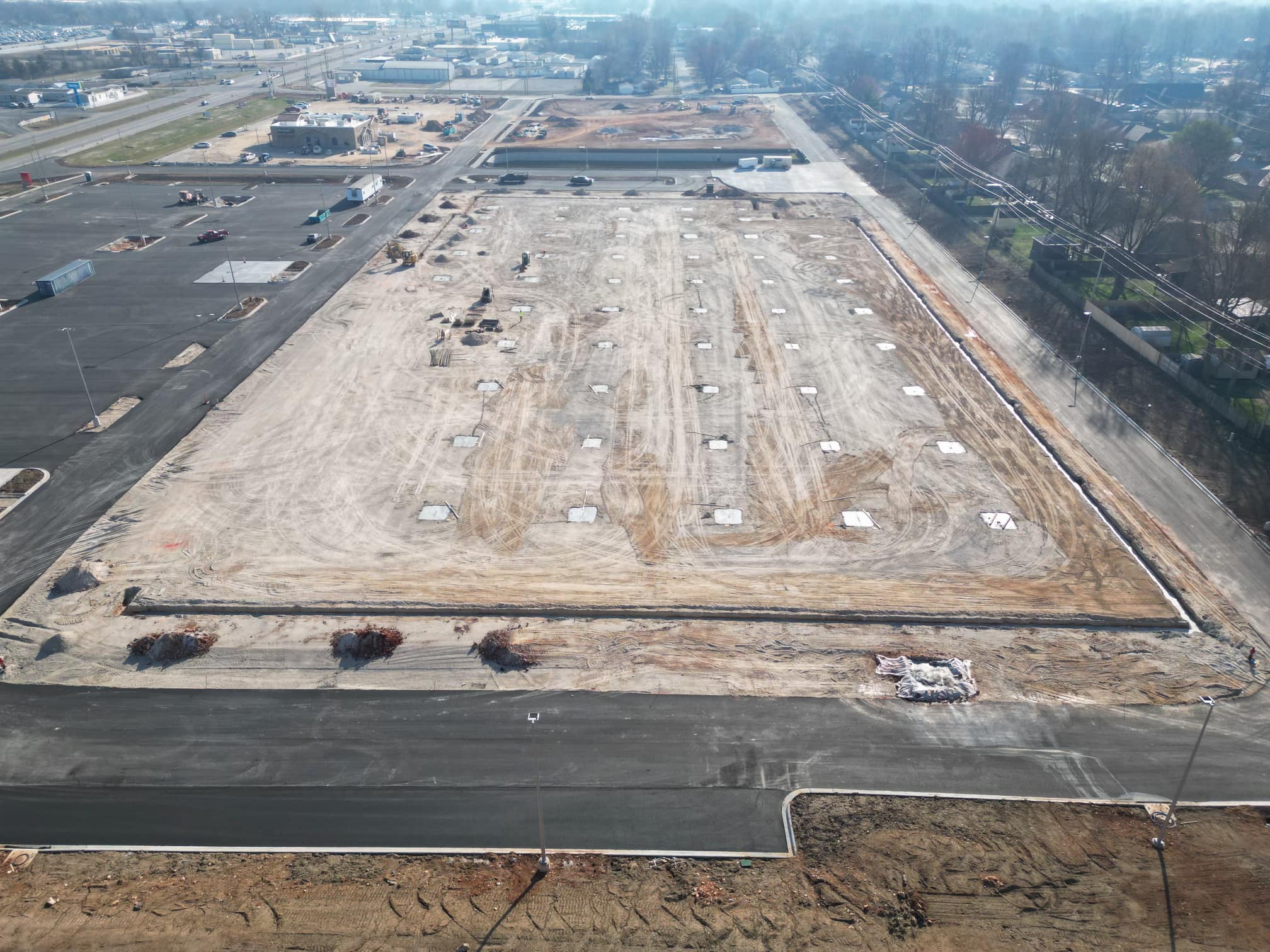Preparing Commercial Properties for Winter Weather

When temperatures begin to drop, the freeze-thaw cycle can quietly wreak havoc on commercial buildings. From cracking concrete to roof leaks and ice damage, winter weather puts every exterior surface to the test. Taking preventive steps in the fall isn’t just routine maintenance — it’s an investment in the long-term strength and stability of a property.
As October brings cooler days, now is the time for property owners and managers to understand how to protect key structures before freezing temperatures arrive.
Concrete Protection Is More Than Cosmetic
Concrete might look solid, but it’s porous — meaning moisture can seep in and expand when it freezes. Over time, this expansion causes flaking, cracking, and even structural weakening.
Sealing concrete surfaces such as sidewalks, loading areas, and parking lots helps block out water and road salt, which are major culprits of winter damage. A high-quality sealer prevents moisture intrusion, reduces surface deterioration, and helps extend the lifespan of the material. Routine crack filling before the first frost can also keep minor imperfections from turning into major repairs come spring.
Roofing Systems Need Seasonal Attention
The roof is a commercial building’s first line of defense against winter’s elements. Snow, ice, and wind can expose existing vulnerabilities — especially in older or neglected roofs. Regular inspections during fall allow time to identify and fix small issues like loose flashing or blocked drainage systems before they escalate.
Clearing gutters and downspouts is particularly important, as trapped debris prevents proper water flow and can lead to ice dams. Maintaining the integrity of roofing membranes and drainage helps protect interior spaces from water infiltration and costly disruptions.
Exterior Structures Deserve the Same Care
Railings, signage, and exterior steel components are often overlooked until corrosion or instability becomes visible. Coating metal surfaces and tightening joints before cold weather arrives reduces the risk of rust, freeze damage, and premature wear.
Similarly, outdoor plumbing, irrigation, and utility systems should be properly winterized. Frozen pipes and valves can lead to ruptures that impact not only a building’s operation but also its overall safety and efficiency.
Planning for Ice and Snow Management
Developing a snow and ice management plan in advance keeps tenants and visitors safe throughout the winter. Using concrete-safe de-icing products, ensuring proper drainage away from walkways, and designating snow storage areas all contribute to the longevity of a property’s exterior surfaces.
These preventive steps also reduce liability risks — a critical consideration for property owners and managers.
Preparation Protects Investment
Ultimately, preparing a commercial property for winter is about foresight. Preventive maintenance may seem small, but it plays a major role in preserving the integrity and value of a structure over time.
Understanding how concrete, roofing, and exterior materials respond to seasonal changes allows owners to plan effectively, reduce long-term costs, and ensure their property remains safe and durable — no matter what winter brings.






